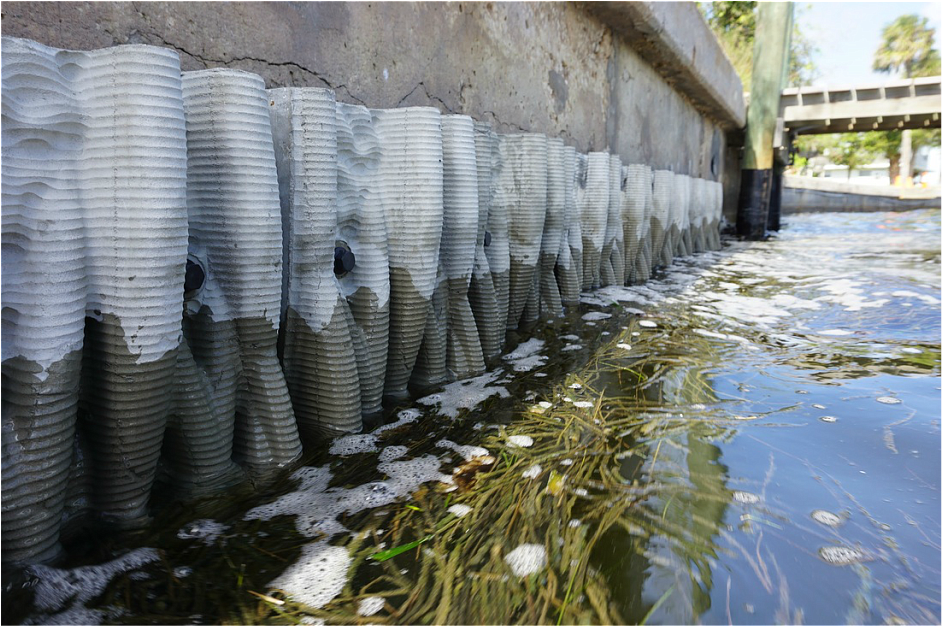- April 25, 2024
-
-
Loading

Loading

An environmental project at Bayfront Park is still planned, but its installation has been set back because of 2018’s widespread red tide bloom along Florida's gulf coast and the state-permitting process, according to Longboat Key Public Works Director Isaac Brownman.
The project to install two seawall alternatives is designed to examine ways to ensure sea life is safe when shorelines are hardened, according to Florida Fish and Wildlife Conservation Commission. The overall project’s $180,000 cost is funded entirely by the state, and no town money is involved.
The pilot program involves installing a “reef wall’’ along 100 feet of the face of the park’s existing seawall, 100 feet of oyster bags along a second stretch of seawall and leaving the remainder of seawall and mangrove shoreline unchanged.
The “reef wall” is a concrete relief of mangrove roots meant to emulate the nooks and crannies of a natural stretch of mangrove, in which animals and other organisms can shelter and grow. The brainchild of a University of Kansas professor, the walls are modeled from actual mangroves, then formed from a concrete blend that's mixed with crushed shells.
In Englewood, the walls have been in place along Lemon Bay since 2017. Operators of the resort at which the walls were installed say they've seen an upswing in life along their shoreline.
Fara Ilami, a coordinator of the coastal wildlife conservation initiative at the state wildlife agency, said the experiment is intended to inform future best practices for improving coastal habitats as alternatives to standard seawalls.
To get the information, FWC will install, maintain and monitor the alternative hardened shorelines for two years, all while taking samples of soil and counting the number of fish gathered in the area of the hardened shorelines. The data collected from the study will help FWC with recommending what kind of shoreline protection is best for sea life on the west coast of Florida.
Brownman wrote, in a memo to town manager Tom Harmer, FWC intended to bundle several seawall projects together along the west coast of Florida and launch the projects between September and November of 2018. In addition to the red tide outbreak, environmental regulators in Florida required deeper information than previously expected as part of the permitting process, delaying implementation and construction.
FWC is now supplying that additional information to Florida’s Department of Environmental Protection for permitting. In Brownman’s memo, he provided this timeline: